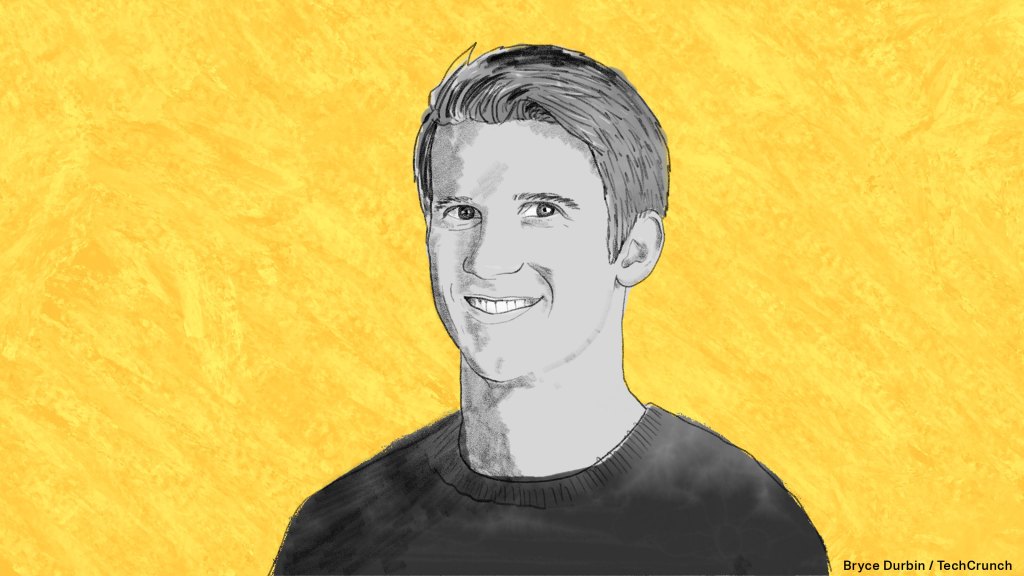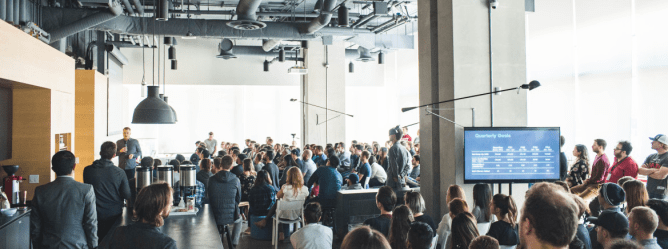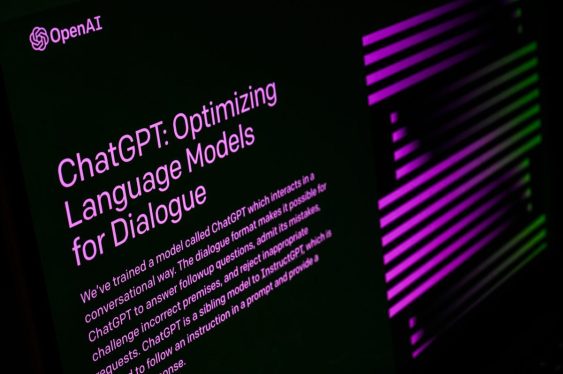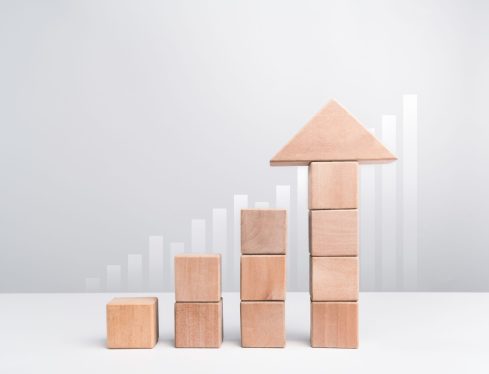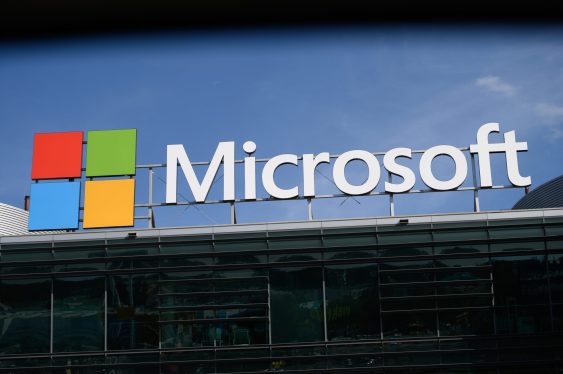If solving the problems of autonomous driving were a question of money, it’d have been solved long before now. That’s the primary argument of Don Burnette, co-founder and CEO of autonomous trucking startup Kodiak Robotics, which has expanded its business and hit milestones with a fraction of the funds that bigger players like Waymo have.
Over the past year, Kodiak has launched commercial pilots and partnerships with Ceva Logistics and US Xpress, two large trucking and logistics companies; begun using two new autonomous freight lanes outside of Texas and has raised a $125 million Series B, bringing its total funding to $165 million since 2018.
One of the few private autonomous vehicle companies on the market, Kodiak lives by the mantra of doing more with less. Last year, Burnette told us Kodiak could deploy a commercial-scale operation for $500 million. That’s about 10% of what Waymo has raised and less than 25% of TuSimple’s IPO.
Kodiak is still aiming for that goal and has now secured a reputation for keeping a tight balance sheet and an even tighter focus on chasing self-driving trucks, and only self-driving trucks. Someone else can solve the other autonomy issues.
Someone else can also solve the issues of building sensors and labeling data, according to Burnette, who relies on third parties for such components. In Kodiak’s eyes, building lidar in-house and spending time and resources on labeling data is nothing but an expensive distraction from creating a safe and viable go-to-market strategy.
It’s been a year since the last time we interviewed Burnette for this series, so we caught up to talk about how scrapping HD maps has allowed Kodiak to expand into interstate trucking lanes faster than competitors; how removable sensor pods will help Kodiak scale; and why autonomous trucking may be immune to today’s bear market.
Editor’s note: The following interview, part of an ongoing series with founders who are building transportation companies, has been edited for length and clarity.
TechCrunch: Autonomous trucking feels like it’s becoming more competitive as the industry matures. How does Kodiak stand out?
Burnette: An important piece of the story we wanted to tell was the modularity of the system, because it was informed by conversations with partners. Last month, we demonstrated how easy it is to replace one of our sensor pods in the field by a non-AV trained technician. (Kodiak’s sensor pods include one lidar, two radar and three cameras, and they replace the truck’s stock sideview mirrors).
That last bit was really important to us, because the first question we get when we talk to pretty much anybody in the trucking industry is, “If I have an AV fleet, how do I maintain that fleet?”
We have focused on ensuring that the AV platform doesn’t get in the way of the existing routine maintenance infrastructure pipeline that exists for these partners. We think that’s a unique offering that other folks are not paying attention to, and I think you’re going to see a shift toward our designs and technologies in the next couple of years.
Can the sensor pods be placed in any type of freight truck to make them autonomous?
That’s right. We have designed it to be very agnostic to the truck provider — we have worked on all of the big four platforms to ensure that this design meshes with all of the different providers out there in a clean and seamless way.
There’s an important distinction: The pods provide the sensors, but we still need the compute stack that goes inside the truck. That is not contained within the sensor pod.
You said last year that Kodiak has two initiatives for commercialization. The first relies on Kodiak trucks to move goods for carriers and shippers. The second is more of a driver-as-a-service (DaaS) model, where you sell the autonomous capabilities. Do the pods help Kodiak achieve the latter faster?
Yeah, that’s right. Everybody loves to talk about scale — it’s kind of a magical buzzword. People like to think about hundreds of thousands of autonomous trucks out there on the road.
More Transportation Founders
Veo’s Candice Xie one year later, still slowly and steadily winning the profitability race
Astrix Astronautics’ Fia Jones on wooing Peter Beck to launch her startup
Why Convoy’s Dan Lewis expects digital freight to go mainstream within the year
Revel founder Frank Reig a year later on driving EV adoption in big cities
Steer’s Anuja Sonalker explains the benefits of chasing the less glitzy side of autonomy
Co-founders of Ukrainian startup Delfast discuss navigating through a crisis
Tortoise co-founder Dmitry Shevelenko: ‘You can’t do too many things at the same time’
Waabi’s Raquel Urtasun on the importance of differentiating your startup
Exploring the many faces of sidewalk delivery robots with Cartken’s Anjali Jindal Naik
Einride founder Robert Falck on his moral obligation to electrify autonomous trucking
Via’s Tiffany Chu on the importance of govtech for planning mobility ecosystems
Rad Power Bikes founder Mike Radenbaugh on fueling the e-bike revolution
Battery chemistry company Sila’s founder Gene Berdichevsky on the science of scaling up
Plentywaka founder Onyeka Akumah on African startups and global expansion
Zūm CEO Ritu Narayan explains why equity and accessibility works for mobility services
Kodiak Robotics’ founder says tight focus on autonomous trucks is working
Outdoorsy co-founders detail how they expanded the sharing economy to RVs
Veo CEO Candice Xie has a plan for building a sustainable scooter company, and it’s working
Refraction AI’s Matthew Johnson-Roberson on finding the middle path to robotic delivery
Arrival’s Denis Sverdlov on the new era of car manufacturing
Revel’s Frank Reig shares how he built his business and what he’s planning
But you have to start small, and you have to have the right design to get to that scale. Otherwise, the pipeline and the system will break down over time. So we think the sensor pods are really an enabler for keeping the trucks on the road.
Utilization and uptime is the No. 1 metric for any trucking company. So if it’s easy to repair or replace faulty sensors — we know that cameras and lidar will eventually fault — then you can keep the truck rolling.
What’s the timeline for scaling and switching to a DaaS model?
We’re targeting scaling this in 2025.
Have you increased the size of your current fleet at all?
We have. Our truck fleet is now up to 24 from 11 last year.
You’re a little less than halfway to that $500 million mark you’re aiming for. What’s it like raising funds in today’s economy?
We are approaching it strategically. We raised a fairly large round in the fall of last year, and we have a relatively small team, so that funding gives us a nice cushion to weather the storm.
I think it’s much harder to raise in the public markets right now, but the private markets are still somewhat active. Quite frankly, the sentiment I see when I talk to investors is that there’s more optimism than you would think, unlike all the Twitter feeds and LinkedIn posts with doomsday prophecies. So I’m not seeing as much negativity around the markets as I’m hearing publicly, and that gives me some optimism that this market is still really exciting and healthy.
I can’t speak for all industries, obviously, but AV trucking has one thing going for it: We’re solving a problem that must be solved. There is a massive market challenge facing the supply chain industry right now. And the only solution anybody’s put forth is autonomous trucking. So it’s not a matter of if; it’s a matter of when, and it’s a matter of who.
This problem will be solved, and when it is, it will be a very valuable technology with broad impacts across the transportation industry. I think it will affect people’s lives for the better. It stands to increase the utilization of our current network and infrastructure to double the amount that trucks can drive; reduce the cost that it takes to move goods, which is extremely valuable in an inflationary economy; and reduce the friction of the supply chain.
Investors understand that. They want to put money into businesses that are solving necessary problems. Luckily for us, we’re in a very comfortable position, so we don’t have to make any rash decisions.
But in this market, the strategy is to have continuous conversations. Always be talking, always be open to hearing what other people are saying, and when the window opens, you strike when the iron is hot.
In your conversations with investors, how have the types of questions they ask shifted?
I have not found any difference. I think that investors are still interested in commercial viability and technological progress. Nobody is pushing for massive revenue, because everybody understands that in order to get to meaningful revenue, you have to scale beyond a fleet size that makes sense for a company like Kodiak, and, I think, probably all of our competitors at this point. Yet, people still see the value of having the technology deployed.
It’s less a question of product-market fit, like you might have in other industries. It’s just a matter of the stages of development that we need to get there.
Most of the funding for AV tech is going to growth-stage companies. Is there any room in the market for new entrants?
I’ve said in the past that I don’t believe this is a winner-take-all space. I think there is room for multiple winners. It’s a very large market, and the commercialization approaches are going to be slightly different from company to company.
But this is a really hard problem to solve and requires a lot of trial and error. Some of us have been around for a very, very long time, and we’ve sort of sussed out the techniques that actually get to a reliable and robust system. It would depend on who I think was trying to start this process. Certainly, they would be behind by a large measure relative to the incumbent players.
I wouldn’t say it’s impossible, but I’d say it would be very difficult.
You said funding isn’t necessarily slowing down in the AV freight space, but what about other areas of autonomy, like robotaxis?
Now, I should say we’re not immune to issues like the chip shortage, if that persists for a very long time. I think the robotaxi side of the industry is feeling that as well, possibly more so because they’re at a slightly larger scale than we are. We have 24 trucks. Many of the taxi companies have hundreds and hundreds of vehicles.
I’m not an expert on robotaxi economics and demand. My sense is that COVID has had a real impact. I think you can use general ride-sharing as a proxy for the viability of robotaxis in AV, and as far as I can tell, it hasn’t rebounded particularly strongly.
It’s the coupling of high gas prices with coming out of COVID, and people changing a lot of their behaviors as a result of that. All that is causing a lot of the challenge for robotaxi companies now, on top of the fact that the technology is just really hard.
We’ve had some amazing steps with Cruise and Waymo in San Francisco, which is a notoriously hard city to drive in. At the same time, it’s still incredibly far from being a viable commercial business at scale. That has always been a challenge with robotaxis — even if you can do it in isolated areas, in very well-manicured environments at specific times of the day, it’s so much harder to push that into a general operational service.
What are Kodiak’s plans for the rest of 2022?
We have a strong backlog of partners that we haven’t yet announced. We’re formalizing our partnership program, which has been a goal for us in 2022. What do our partners care about? What is the process we take them through — from 360 discovery in the beginning and working on beneficial aspects of the technology together, to ultimately launching a couple of years from then?
Another thing is the traction we’re getting in new lanes. We’ve never done HD mapping, and we think that’s a real advantage, because it allows us to build our maps much more quickly than others can. We’re demonstrating that prowess by expanding our network very quickly.
So just in the fall of last year, we were only doing the Texas triangle between Dallas, Houston and San Antonio. Since then, we have expanded our network tremendously across the broader southern United States, for example from Dallas to Atlanta. That, we think, symbolizes the type of lane where AV technology can have the most significant impact.
We will be announcing additional lanes. I can confidently say that by the end of 2022, Kodiak will have, if not the largest, certainly one of the largest commercial autonomous networks of any AV company. Period.
